The lethal new weapons created during WWI
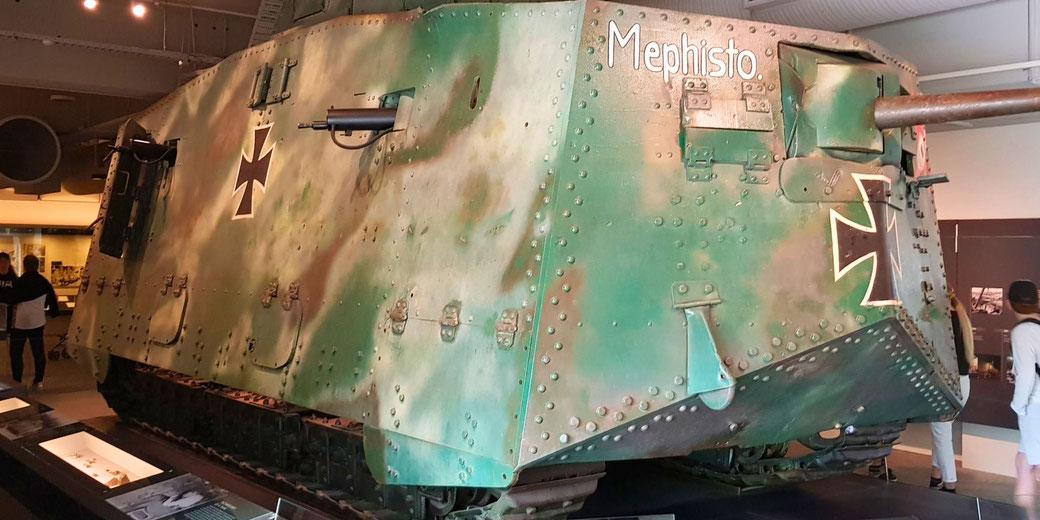
The First World War began a new era of military technology development. The introduction of machine guns, tanks, and poison gas meant that soldiers faced unprecedented challenges as they tried desperately to survive in the trenches.
Ultimately, these technological changes reshaped military strategies for the rest of the 20th century. The way future wars were fought would be revolutionized forever.
In this article, we will explore some of the most important technological advances that took place during World War One.
Rifles
Rifles were an important infantry weapon of World War One. These weapons allowed for accurate, long-range fire that could decimate enemy forces.
In particular, the British Lee-Enfield rifle was one of the most popular rifles used during the war, and it was capable of firing up to 20 rounds per minute.
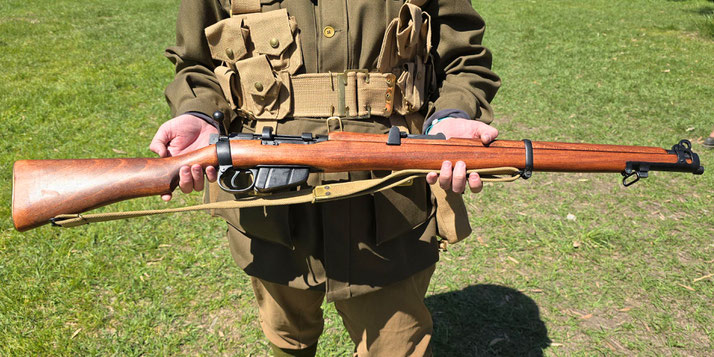
When required, bayonets could be attached to rifles as well. These knives were fixed to the end of a rifle, and they allowed soldiers to fight hand-to-hand in close quarters combat.
Bayonets were incredibly effective in trench warfare, where fighting at close range was often necessary when trenches were attacked by enemy troops.
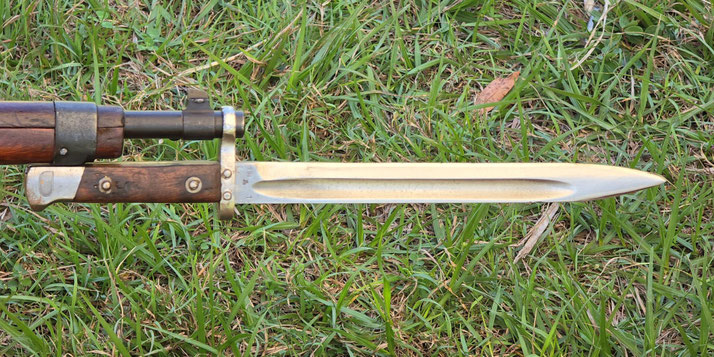
Machine guns
Machine guns were perhaps the most important weapons of World War One.
These weapons could fire hundreds of rounds per minute, and they had a devastating effect on enemy forces.
The Maxim gun, invented by Hiram Maxim in 1884, was the world's first automatic machine gun.
It was a popular choice for different armies, particularly in the early stages of trench warfare.
However, the British Vickers machine gun became one of the most common machine guns used during the war, as well as the British Lewis gun.
Both of these were capable of firing over 500 rounds per minute.
In addition, their lethality could be magnified when placed in strong defensive positions.
This could be when multiple machinegun placements covered the same area of ground, or when positioned behind thick parapets or concrete walls to protect the teams operating them.
As a result, machine guns were responsible for causing an incredible number of casualties during the conflict.
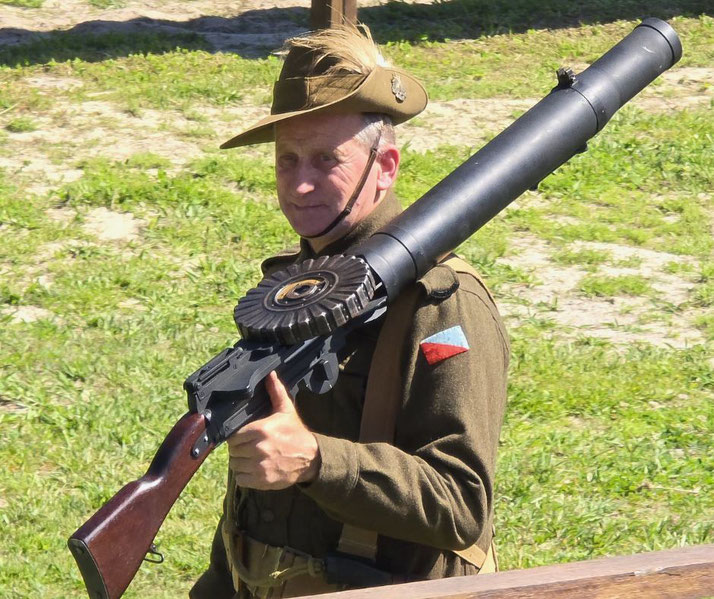
Barbed wire
While often forgotten, barbed wire was a surprisingly important technology that was used during the conflict.
This fencing wire was initially invented to keep livestock in pastures on farms, but military leaders quickly realised how it could be used as a deadly weapon of war.
Barbed wire was used to create barriers and obstacles on the battlefield, especially in the no-man's-land between two opposing trench systems.
It could entangle enemy soldiers as they tried to attack the trenches. As a result, thick lines of the wire were often set up directly in front of an army's forward trench.
When used in conjunction with other defensive measures, such as machine gun nests and artillery, barbed wire became a lethal part of a comprehensive defensive system.
However, barbed wire could become a problem for those soldiers that set it up as well.
In the confusion of battle, men could become tangled in their own lines of barbed wire and become vulnerable to enemy attacks.
Artillery
One of the most iconic weapons of the First World War was artillery pieces, as all armies in the conflict built hundreds of them.
Artillery were large cannons or guns that could fire large shells over long distances.
They were set up well behind the army's trenches, as their ability to launch attacks over several miles meant that they didn't need to be close to the enemy.
Artillery pieces were often so large that they had to be pulled into position by horse, or even built piece-by-piece on the spot by having different segments delivered by train.
When used with great accuracy, they could wreak havoc on enemy positions.
Howitzers were particularly effective against fortifications and bunkers, while mortars, which could be small enough to carry by hand, were useful for lobbing explosives into tight spaces such as trenches.
Of all of the weapons of World War One, artillery was the most lethal because of its ability to cause widespread destruction.
In fact, most casualties in the war were caused by artillery fire.
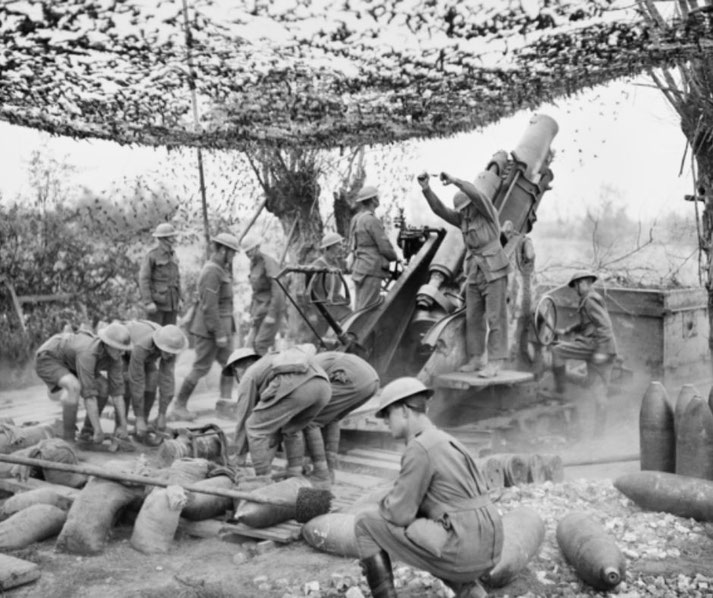
Tanks
While a common sight on battlefields today, tanks had not yet been invented when World War One broke out.
The first tank designs were particularly crude and were first used by the British during the Battle of the Somme in 1916.
However, their initial use was limited as they were not immediately effective.
This is because tanks were frequently unreliable, and they often broke down on the battlefield.
Eventually, though, as the technology improved, they quickly became a key element of warfare.
Ultimately, tanks allowed for a new level of mobility on the battlefield, and they could be instrumental in breaking through enemy lines.
The British Mark I tank was one of the most popular tanks used during the war. Its design meant that it was effective in crossing difficult terrain and shielding soldiers from attacks as they advanced.
The Battle of Cambrai in 1917 saw a mass tank attack by the British resulting in the capture of over 12,000 enemy soldiers.
This battle became famous because it showed the true potential of tanks as a weapon of war.
Aircraft
The Wright brothers invented the first powered airplane in 1903, and their invention quickly changed the face of warfare.
Aircraft were initially used for reconnaissance missions, collecting key information about enemy trench systems to be used when planning attacks.
However, the first combat mission conducted by an aircraft took place in 1915. By the end of the war, aircraft were being used for bombing missions and dogfights.
The introduction of synchronized machine guns on fighter aircraft, which allowed pilots to fire through the propeller arc, revolutionized air combat and led to the emergence of the 'ace' pilot.

Another aircraft that was popular at the time were Zeppelins. These large balloons or airships were introduced during World War One by the Germans and were used for bombing missions.
In fact, the first airship raids on London were conducted by German Zeppelins in 1915.
While Zeppelins continued to be used throughout the war, they proved to be very vulnerable to enemy fire.
As a result, for many attacking missions Zeppelins were eventually replaced by other forms of aircraft.
Grenades
Grenades are small explosive devices that soldiers carried with them and used when required.
First developed by the Germans, they could be hand-thrown by soldiers. As a result, their rang was limited by the strength and accuracy of the man that was throwing them.
The British Mills bomb was one of the most popular grenades used during the war, and it was capable of causing considerable damage to enemy forces.
However, since grenades only exploded when a timer had run out, some soldiers were able to pick them up and throw them back on the attackers before it caused any damage.
Poisonous gas
Poison gas had been used in previous conflicts, but it was used on a much larger scale during World War One.
Gas could be incorporated into artillery shells, and it could also be released from canisters that were placed on the ground.
The first major use of poison gas took place at the Battle of Ypres in 1915, when the Germans released chlorine gas into the Allied lines.
This attack killed thousands of soldiers, and it showed the true potential of poison gas as a weapon of war.
Chlorine gas was one of the most common types of gas used during the war. It worked by causing severe irritation to the lungs, and it could kill a person within minutes.
Thankfully, many soldiers were able to survive exposure with proper medical treatment.
In comparison, mustard gas, another type of gas that was used, was even more deadly than chlorine gas.
It caused severe burns to the skin and lungs, and it could take days or weeks for a person to die from the effects of mustard gas.
Besides chlorine and mustard gas, other chemical agents such as phosgene and tear gas were also used during World War One.
The development of gas masks was a direct response to the use of poison gas, with the first effective models being introduced in 1915 to protect soldiers from chemical attacks.
Flamethrowers
Finally, flamethrowers were another new technology that was introduced during World War One.
These devices allowed soldiers to shoot a jet of fire at the enemy. It had a reputation as being one of the most gruesome weapons on the battlefield.
The German army was the first to implement flamethrowers, and they used them with great success at the Battle of Verdun in 1916.
Flamethrowers caused mass panic among enemy soldiers. This was because they were very difficult to defend against.
Further reading
What do you need help with?
Download ready-to-use digital learning resources
Copyright © History Skills 2014-2025.
Contact via email
With the exception of links to external sites, some historical sources and extracts from specific publications, all content on this website is copyrighted by History Skills. This content may not be copied, republished or redistributed without written permission from the website creator. Please use the Contact page to obtain relevant permission.





